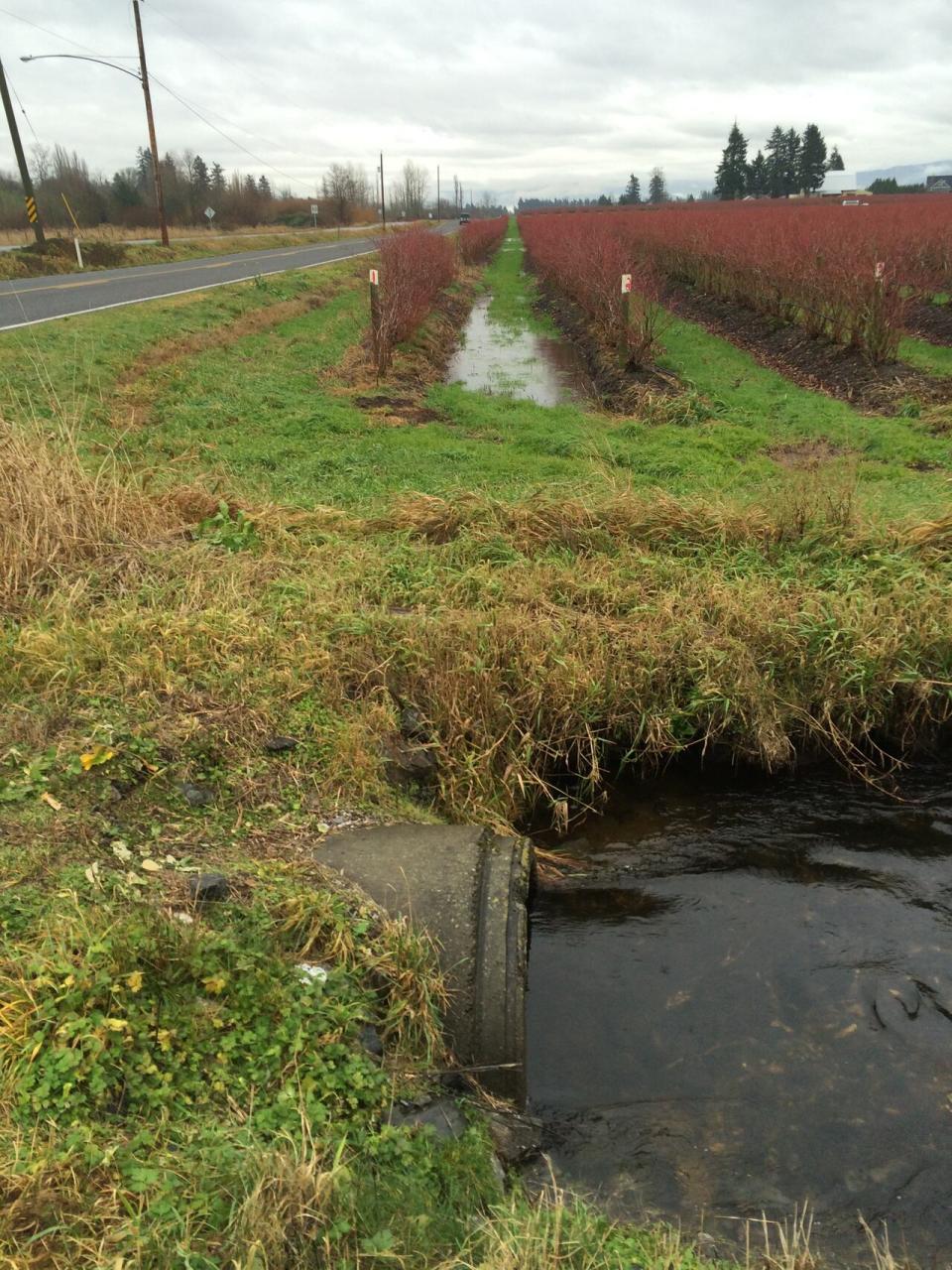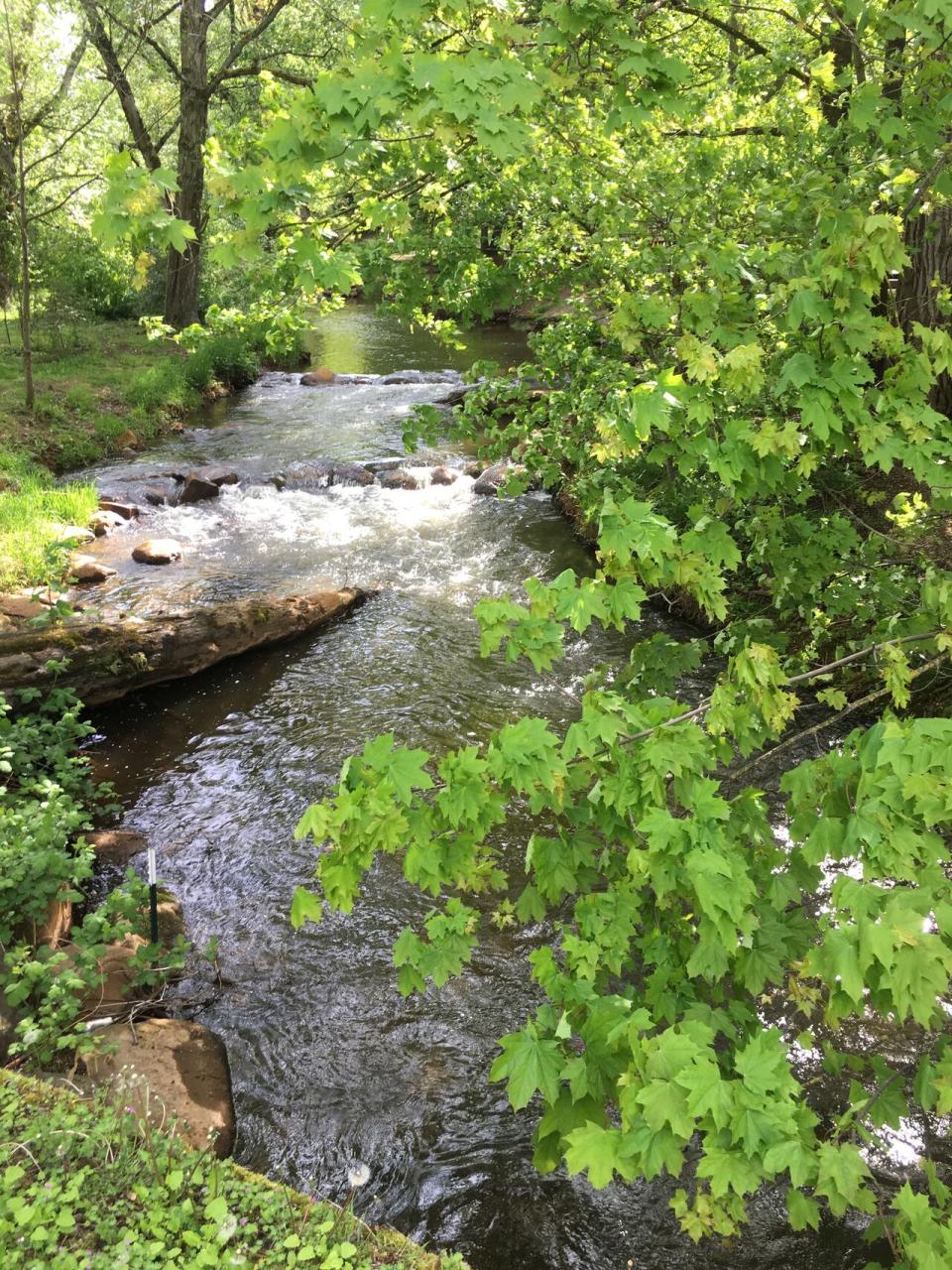U.S. farmers, officials demand action as spike in bacteria from B.C. recorded flowing into Wash. watershed
Washington state officials and farmers are calling on the British Columbia government to act on water quality reports that show large amounts of bacteria are flowing from north of the border into the Nooksack River watershed.
They say high levels of fecal coliform — of which E. coli is a subgroup — are flowing from a Fraser Valley creek into Pepin Creek in Washington before entering the Nooksack, which empties into the sea near shellfish beds owned by the Lummi Nation.
"Frankly, we wish to express our disappointment and frustration," reads a joint letter from the Whatcom Family Farmers and North Lynden Watershed Improvement District.
The letter, addressed to B.C. Premier David Eby and Washington Gov. Jay Inslee, says routine water quality testing done by Whatcom County and the Washington government has found bacteria at levels over 200 times higher than the water quality standard.
It says dairy farmers have faced lawsuit threats by those downstream who assume the bacteria is caused by their farms.
Larry Stap, a dairy farmer who lives by the border near Aldergrove, began taking samples of stream water about 10 years ago to figure out where the contamination was coming from.
"We were getting these high counts always coming across the border," said Stap, president of the North Lynden Watershed Improvement District.
Since last fall, Stap says the bacteria levels measured just across the border have spiked unusually high.
"It's not just some elevated levels, it is seriously high counts," he said.

One of the sampling sites at Pepin Creek in Washington, near the Canadian border. (Whatcom County Public Works)
Fred Likkel, executive director of farmer advocacy group Whatcom Family Farms, suspects the bacteria is due to dumping upstream.
"I've been doing this for 25 years. Counts that high are a direct flow of sewage or manure going directly into the stream," he said.
But Likkel says it can be difficult dealing with environmental issues when they cross borders.
"We need Canadian authorities to step up and start getting some immediate fixes to these issues," said Likkel.

Fishtrap Creek, which connects Pepin Creek to the Nooksack River. (Whatcom County Public Works)
Human activity
Scarlet Tang with Washington's Department of Ecology says segmented monitoring, where samples are taken at different points in the river, has made them "fairly confident" the bacteria is coming from Canada.
"It's probably connected to some sort of human activity; could be a farming activity," said Tang.
Tang says the state has contacted B.C.'s environment ministry to try to resolve the issue.
"We're hoping that they're able to identify the sources ... and work with them to bring them into compliance," said Tang.
She says the main concern is contamination in the Portage Bay shellfish beds — close to where the Nooksack River empties into the sea — which are owned and run by the Lummi Nation.
The Lummi Nation did not respond to CBC's requests for comment.
Task group disbanded
A transboundary task group of Canadian and American officials that used to monitor bacteria levels in the watershed disbanded in 2020.
The B.C.-Washington Nooksack River Transboundary Technical Collaboration Group was formed in 2016 to respond to elevated bacterial levels.
B.C.'s environment ministry said in a statement to CBC that the government continues to meet with Washington state annually.
"The ministry committed to continue to monitor water quality at the border benchmarks in collaboration with Langley Environmental Partners, but no longer samples water quality throughout the watershed," read the statement.


